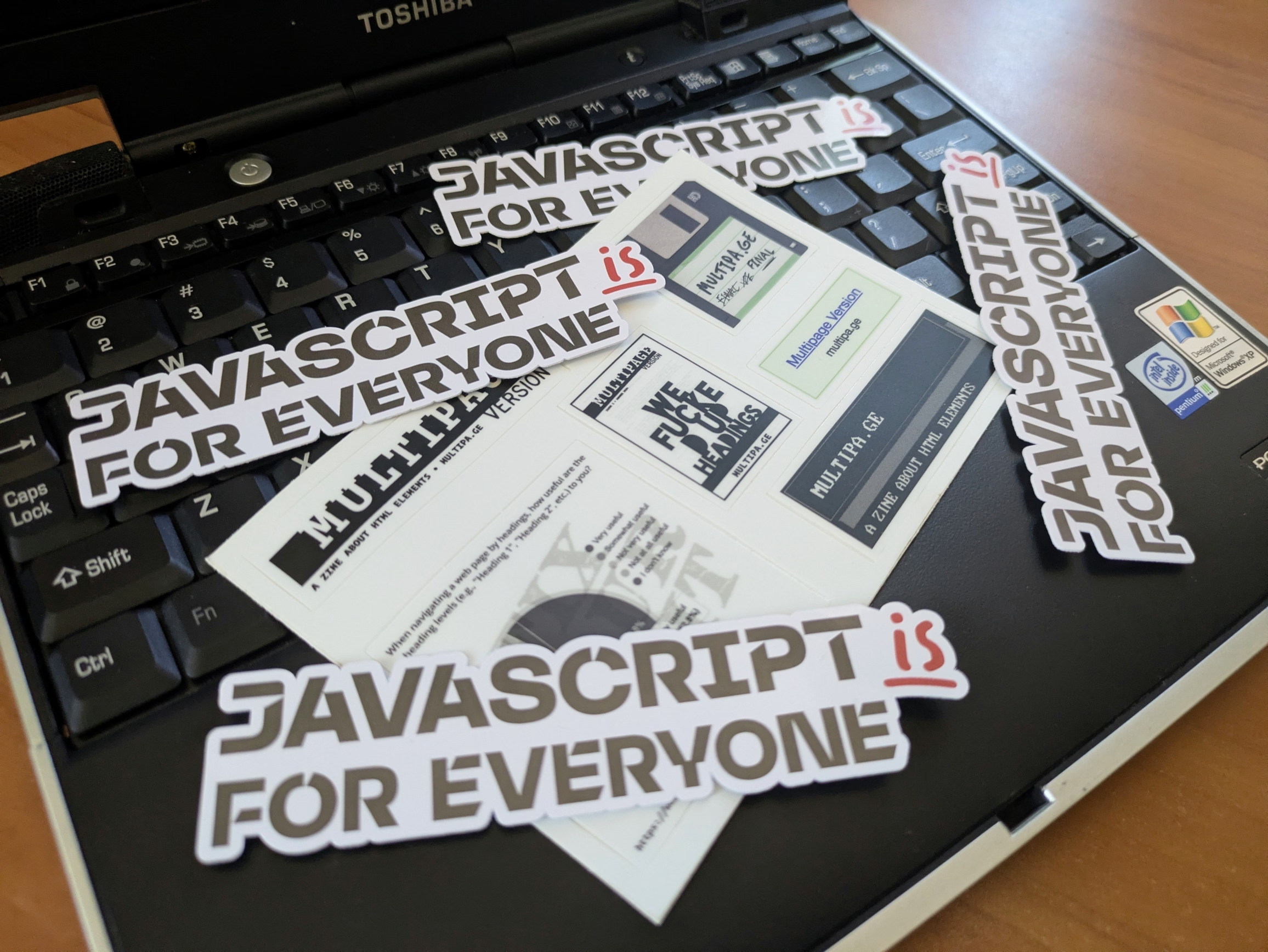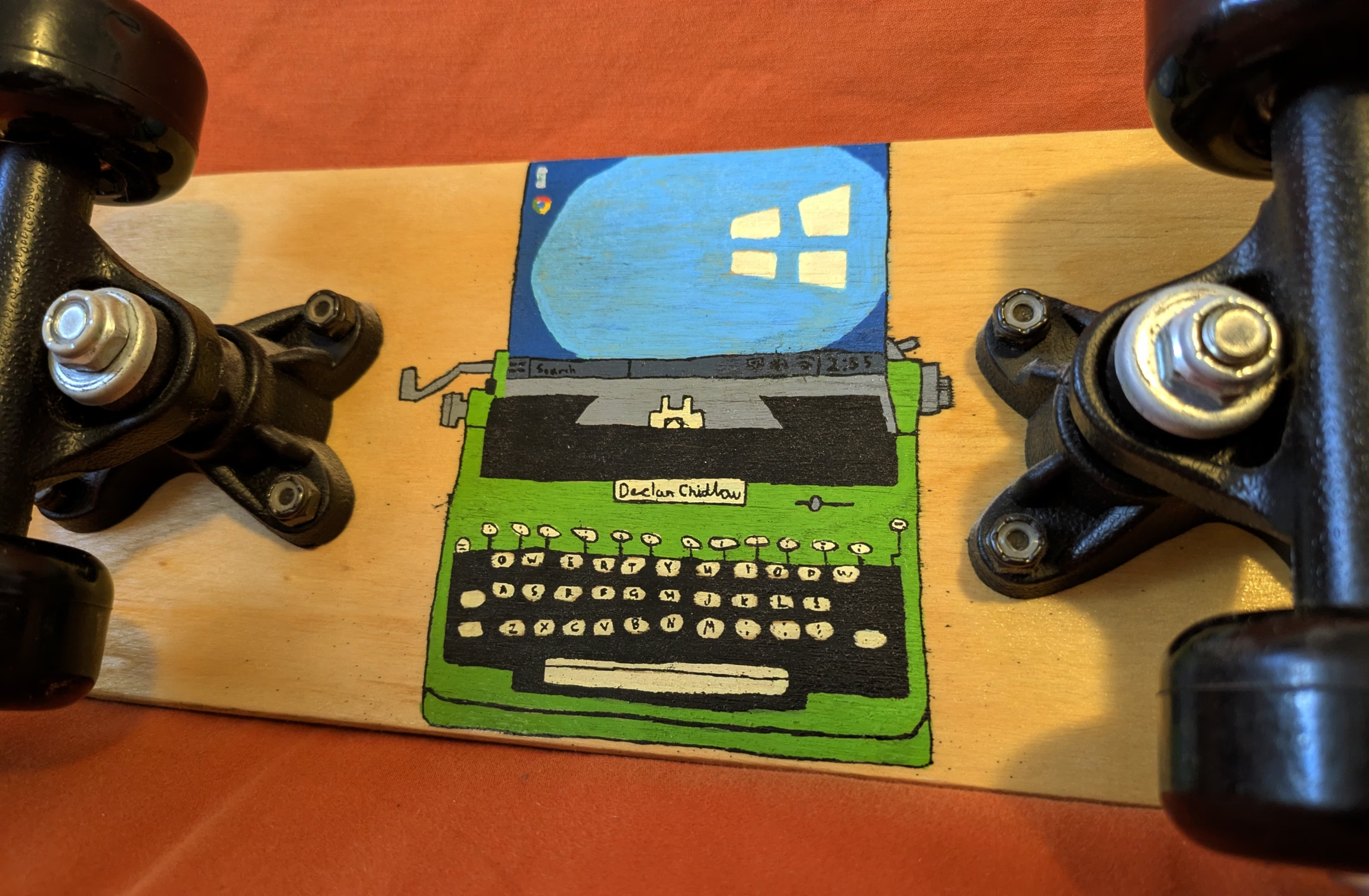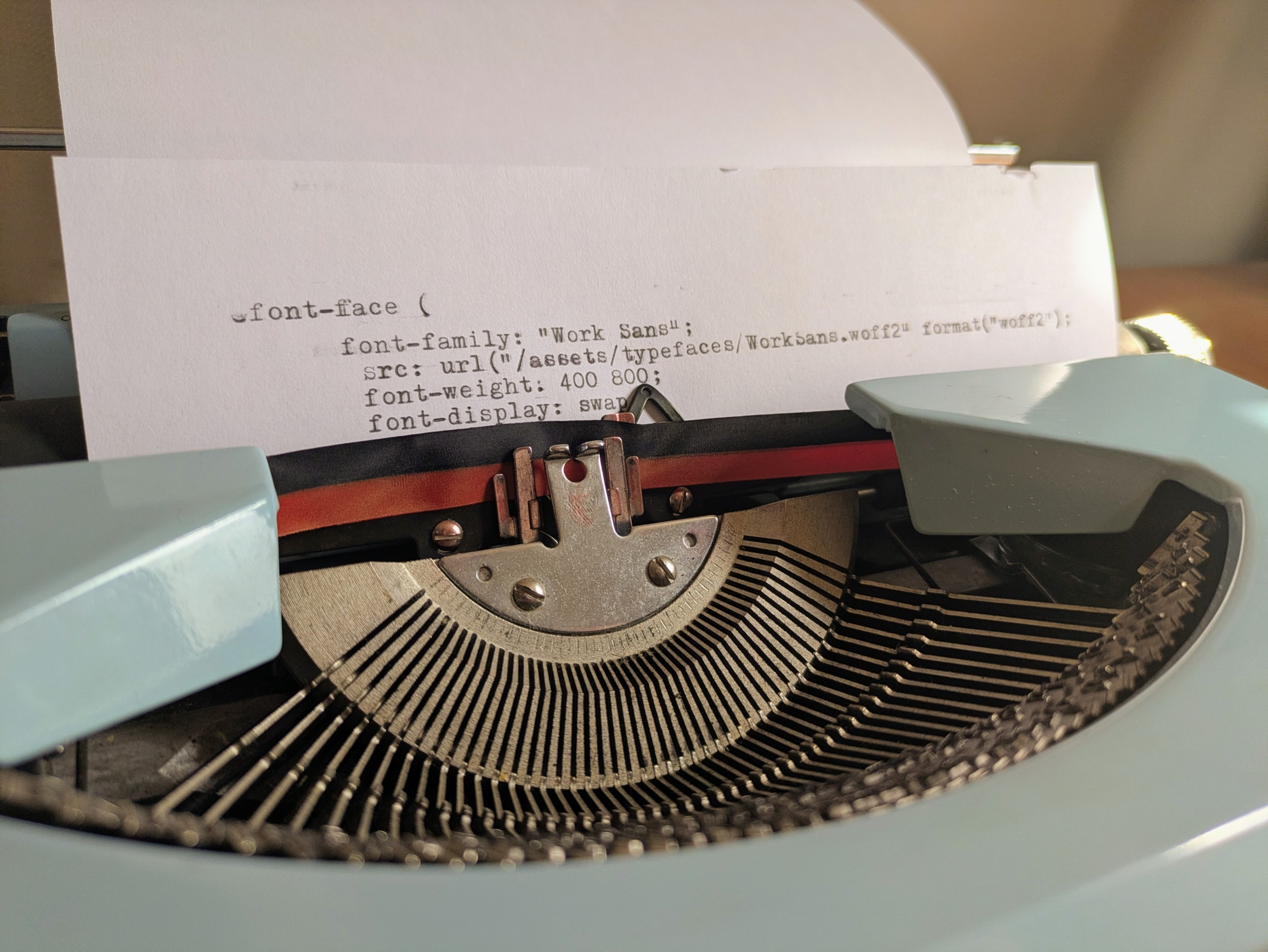All the tech CEOs went from ‘There is no AI bubble’ to ‘When the AI bubble pops’ real quick.
Firehose
Non-technical folk will (probably) bungle your email on a custom domain.
Emails are centralised to a few major platforms such as Gmail, Outlook, and iCloud. When you have an address straying from these usuals, people oftentimes get confused, which leads to bouncing emails.
TLDs straying from the familiar .com, .net, and .org are a common cause of issues. Frequently, people add one of the TLDs they’re familiar with after the actual address. For example, an email on my domain vale.rocks might be example@vale.rocks, but some people try to send an email to example@vale.rocks.com.
Another common issue is people assuming all emails end in gmail.com, which leads to addresses such as example@vale.rocks@gmail.com or example@vale.rocks.gmail.com.
You must ensure you know your audience. This probably won’t be an issue with a more technical crowd and is less so when people needn’t manually enter an address and it is instead filled for them, but you should be wary when targeting a casual group.
Don’t lose leads and business because of your snazzy email address.
Sometimes weekends on Bluesky are really dead. Other times, they are extremely active.
I’m yet to discern any patterns or otherwise figure out the cause.
Not every day you get a physical e-mail from the United States.
These rad stickers landed in my letterbox courtesy of one Mat ‘Wilto’ Marquis.

Everyone says OKLCH like ‘Okay El Sea Haich’, yeah?
Popped over to SpaceHey to check out discussion of an early 2000s indie musical project, and I loaded a Windows 3.1 Hot Dog Stand-themed group where the first account I saw had a profile picture with the text ‘this man ate my son’ below a photo of David Dixon’s Ford Prefect.
The web isn’t all bad.
My vacuum cleaner broke, so I got a new Next.js branded one which I can be certain will continue to suck for years to come.
One of my photographs has apparently been used in this AOL article about protecting your garden from frost.
https://www.aol.com/articles/protect-garden-frost-too-tips-173139152.html
I’ve obviously peaked. Things can only go downhill from here.

The Attention Is All You Need Paper and Its Consequences
Something I observed while manually reviewing every single site on personalsit.es:
- Websites built with Next.js very rarely have RSS feeds.
- Websites built with React sometimes have RSS feeds.
- Completely static sites almost always have RSS feeds.
Some people are told that they’re a ‘sight for sore eyes’. I’m often told I’m a ‘sore sight for eyes’.
Most AI integrations are like having a backseat driver you didn’t invite into your car.
The chat platform Stoat already has a wordmark, but no logo. Here are some of the concept designs I put together:


Zohran Mamdani is a rare case of a politician not simply being the least bad but instead being genuinely good. I am so glad to see him triumph.

Oh, making an accessible website is too complex for you to bother? Sounds like you aren’t very good at your job then, eh?
I have no allegiance to your platform. I do not build my castle on foundations of sand owned by you. I own my content, and it resides safely in perpetuity within my personal website.
‘You’ve read your last free article’ reads like ‘You’ve taken your last breath’.
I painted this skateboard ~6 years ago and I fear this indicates I’ve long since run out of new ideas.


When reflecting on the past, I, like many others, cringe. However, I’ve come to consider this not as a source of regret but as a positive signal of growth.
I once heard the perspective that cringing about the past indicates growth from that time. You’re identifying that there are things you did at that point which were regrettable and which you would endeavour to avoid now. It is representative of the difference between your current self (your updated models, values, and social calibration) and the past self who performed the offending action.
Much of the time, things we look back and cringe about now we did not find cringe-worthy at the time, indicating a change has occurred.
Thus, cringe works somewhat as a measurement of growth. If you do not cringe at all looking back at past actions, then it implies one of two things:
- Your past self was remarkably optimal and well-calibrated.
- You haven’t significantly updated your models/values or changed since then, and you are unable to identify your past flaws.
I consider cringing as valuable data evidencing that self-correction and learning mechanisms are functioning.
Just updated my dev rig. Pretty sweet!
If anyone knows how to install Emmet and LSPs on this bad boy, let me know.




I’ve been jamming small wood chocks and rolled up bits of paper under this <div> for hours in an attempt to get it level, but I still can’t get it aligned quite right.
SEO is not a game of absolutes, and anyone who acts to the contrary is dubious at best.
Search engine optimisation is extremely complex. By design, nobody has a completely full and comprehensive understanding of search engine ranking – not even the people working at those search engines. This is intentional and done to prevent exploiting the system.
The same is true for Generative Engine Optimisation (GEO) or Artificial Intelligence Optimisation (AIO), but to an ever greater extent. LLMs are so complex and trained on so much data that they regularly do things unprompted and act in ways uninstructed. As it stands, even someone who knew all about the functionality of the models would be unable to speak in absolutes.
I’m not saying that SEO folk are scammers or conspicuous (though some are), but SEO/GEO/AIO experts who speak with complete certainty and in absolutes are doing so from a place of sales, not truth.

For as silly as I think it is, I think we should support people embracing accessibility technologies for the sake of AI agents by pointing them to the correct resources rather than pushing them away wholesale.
This is a chance to make a more accessible web, even if motivations are misguided.
